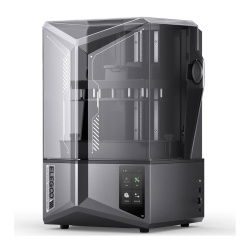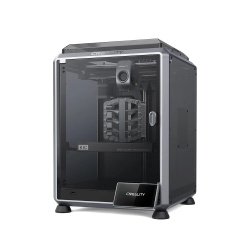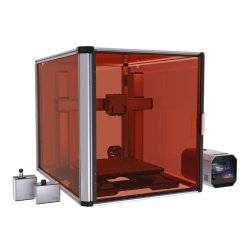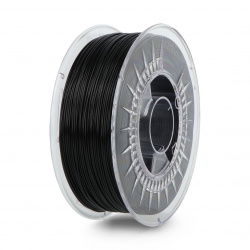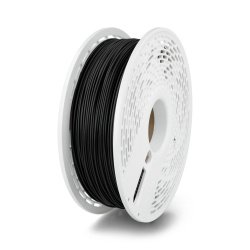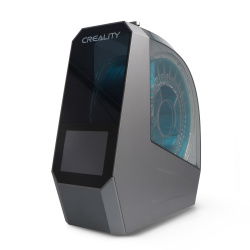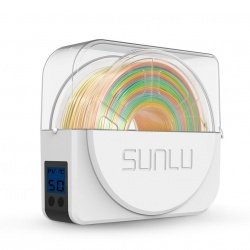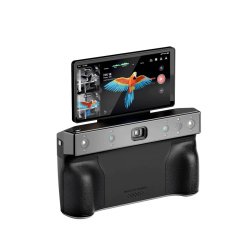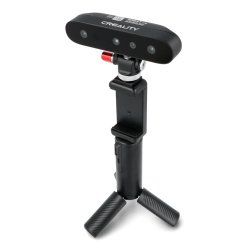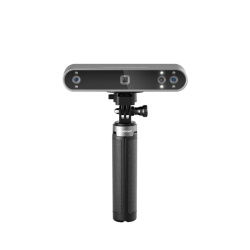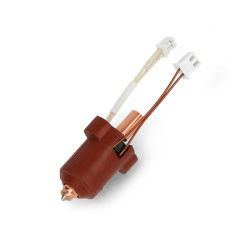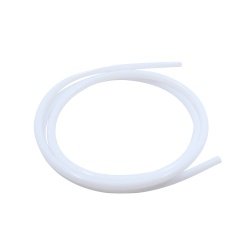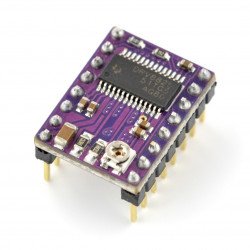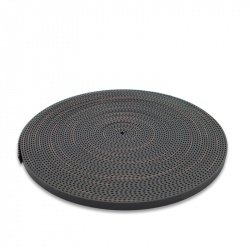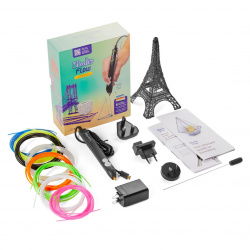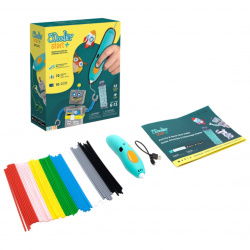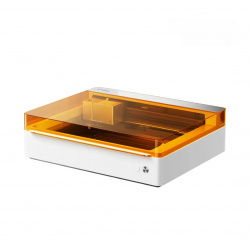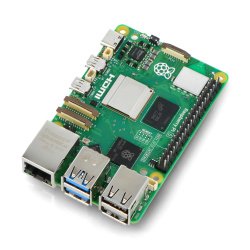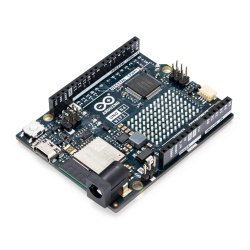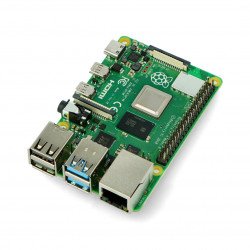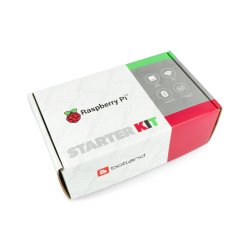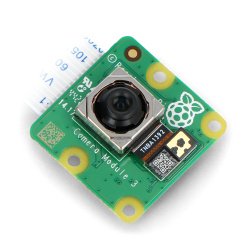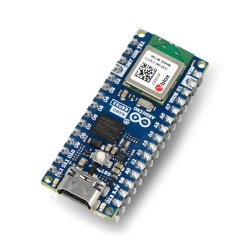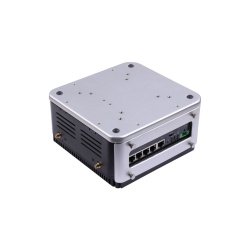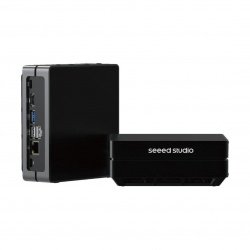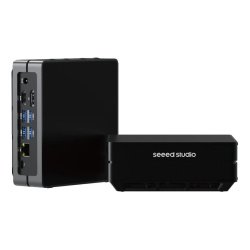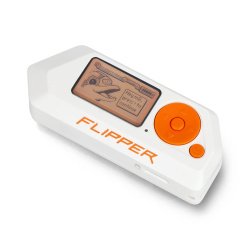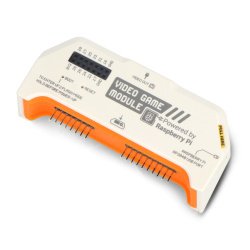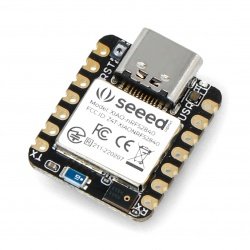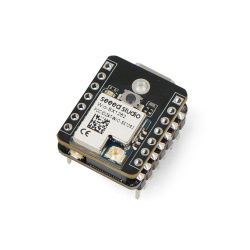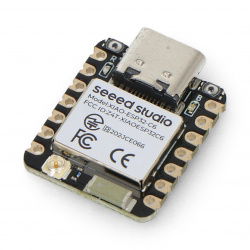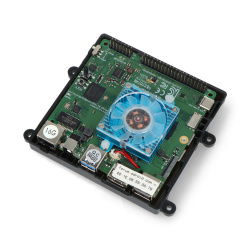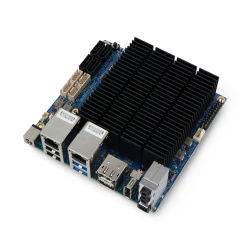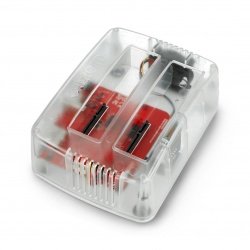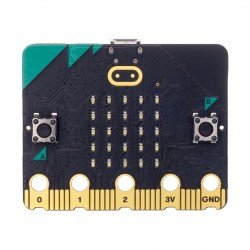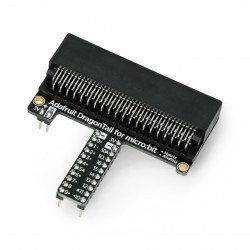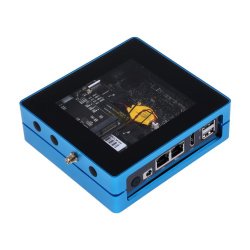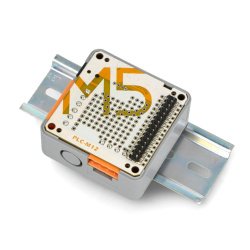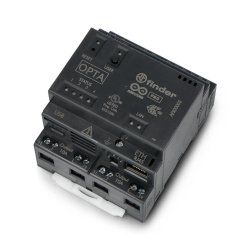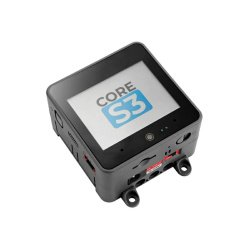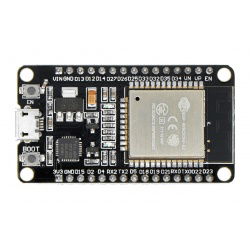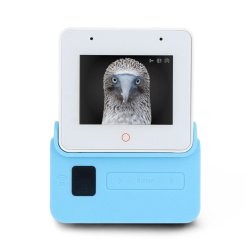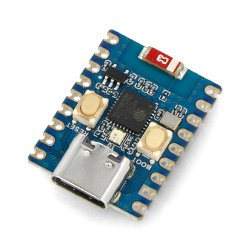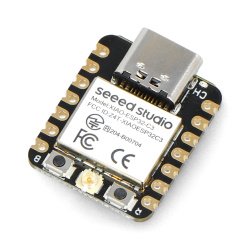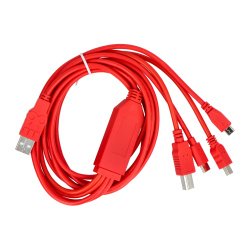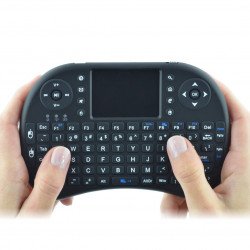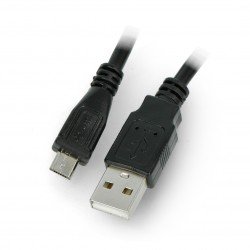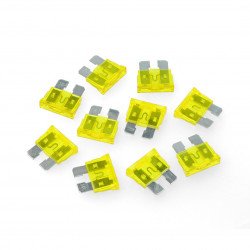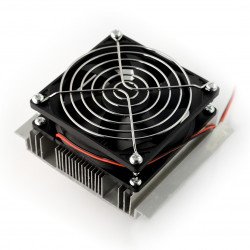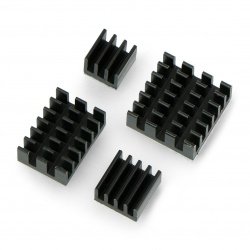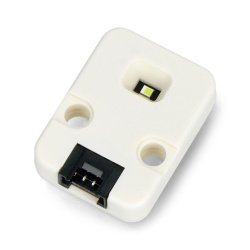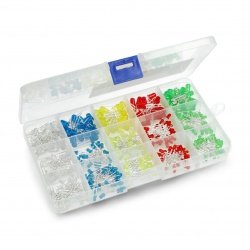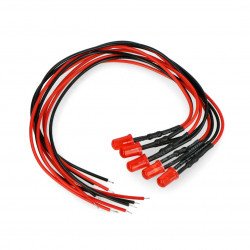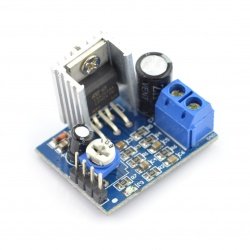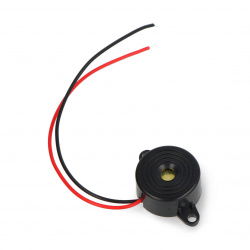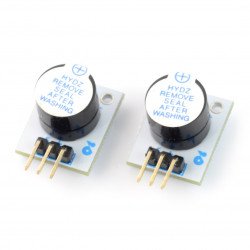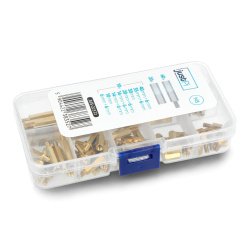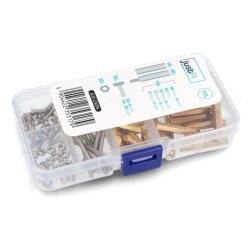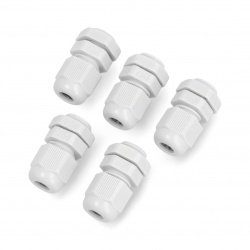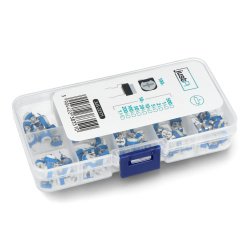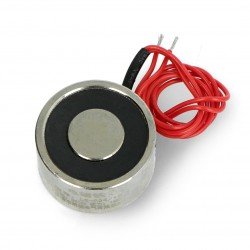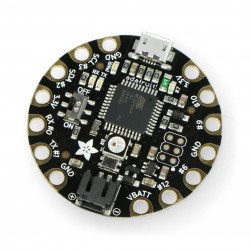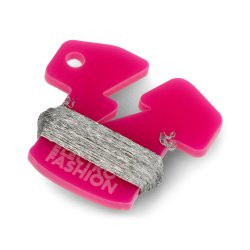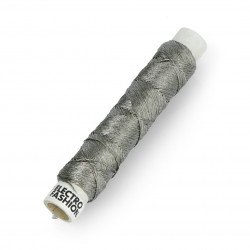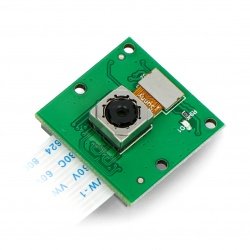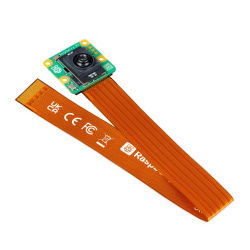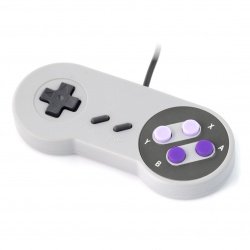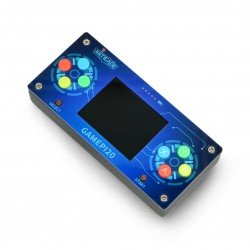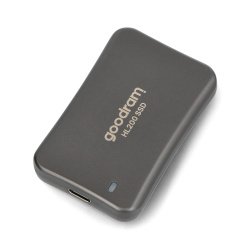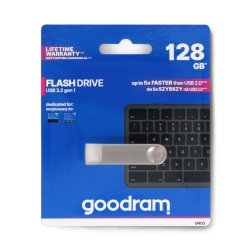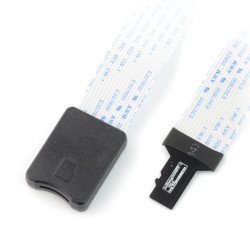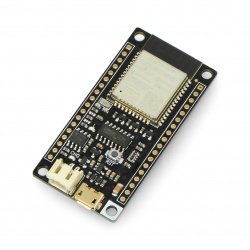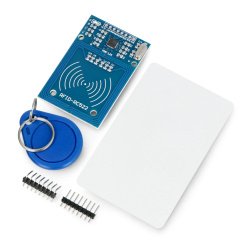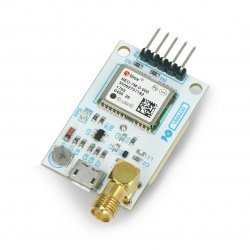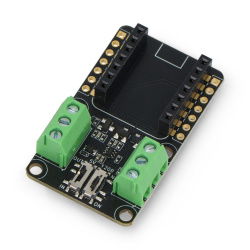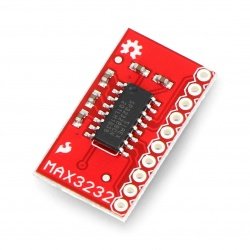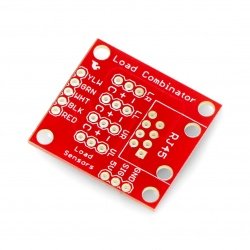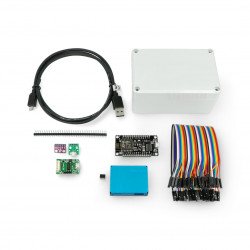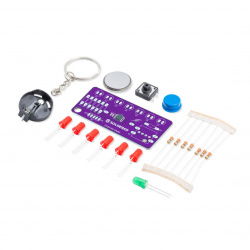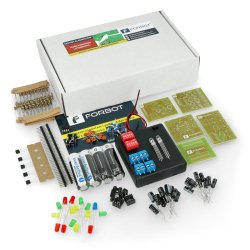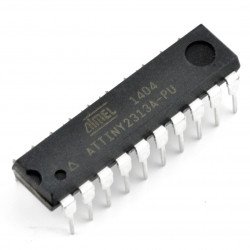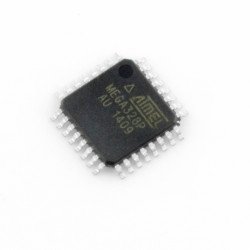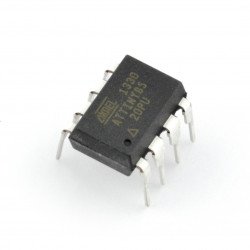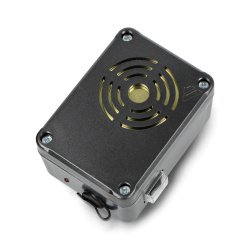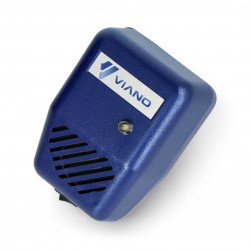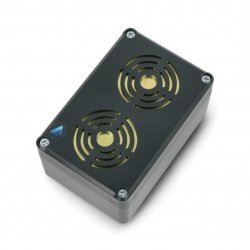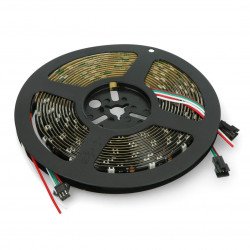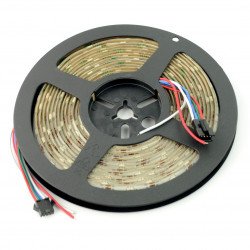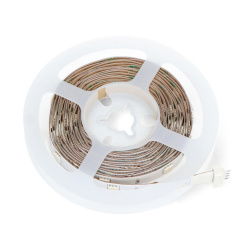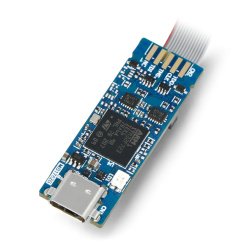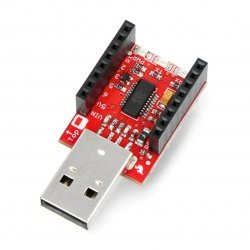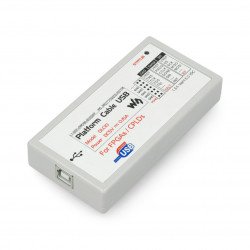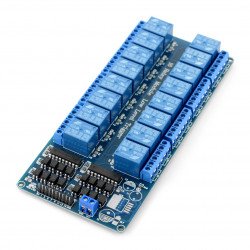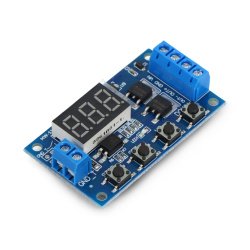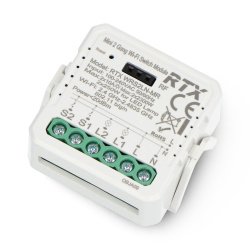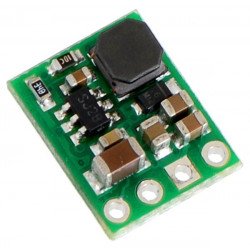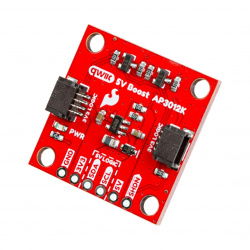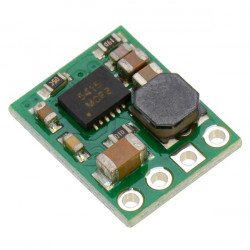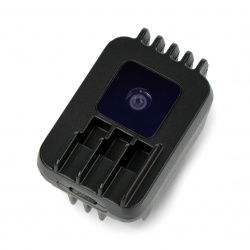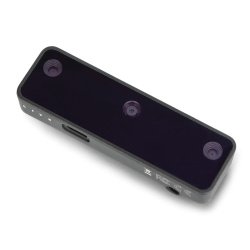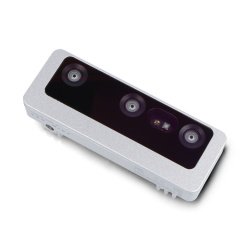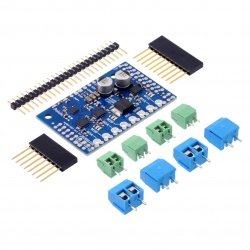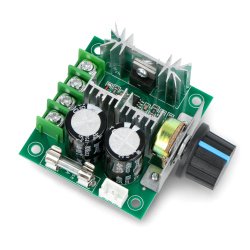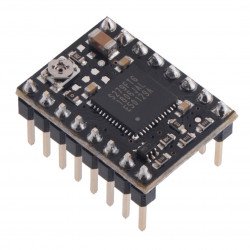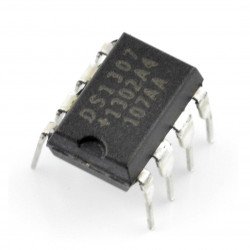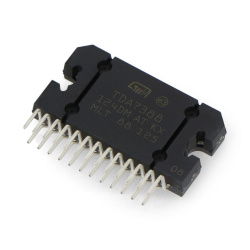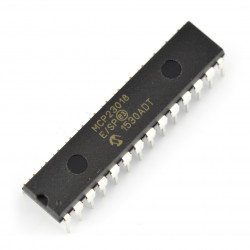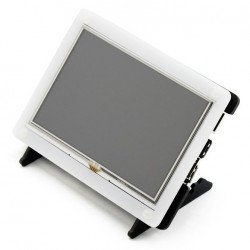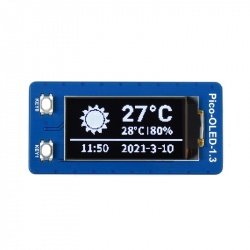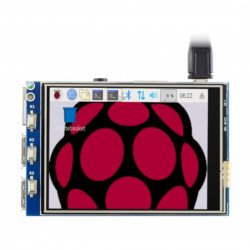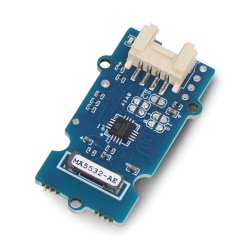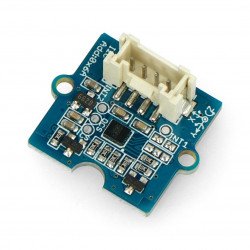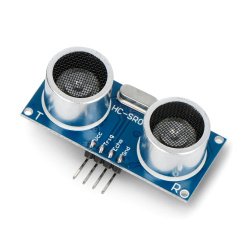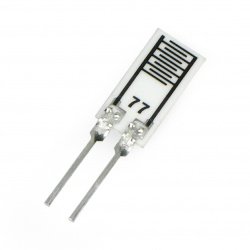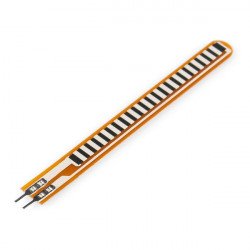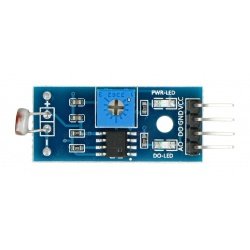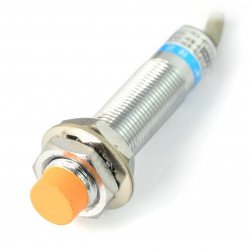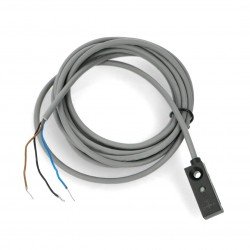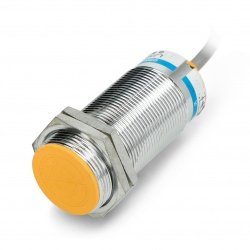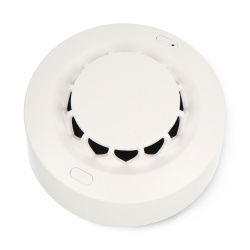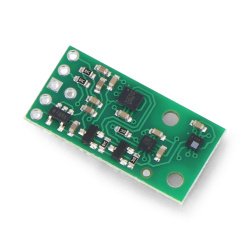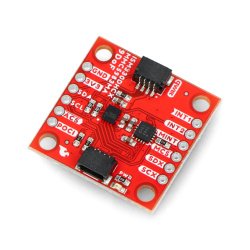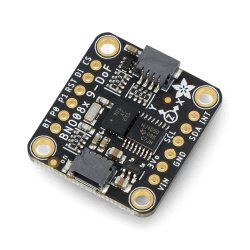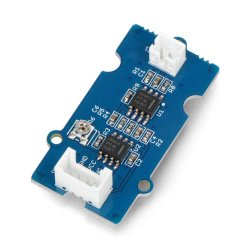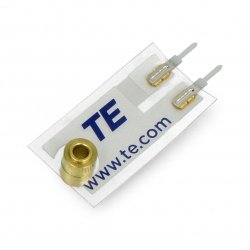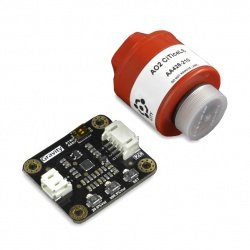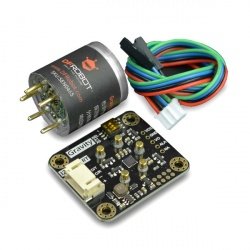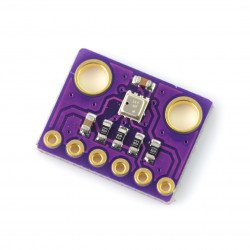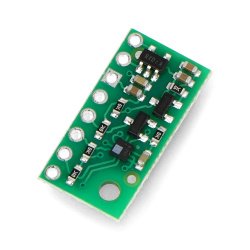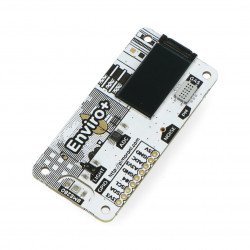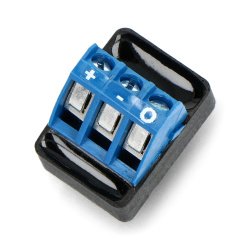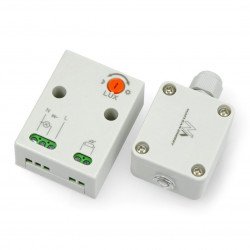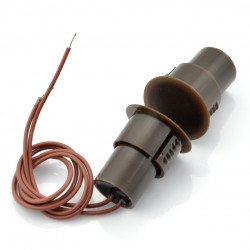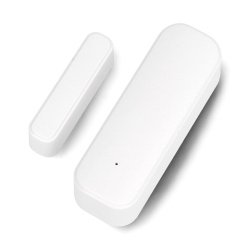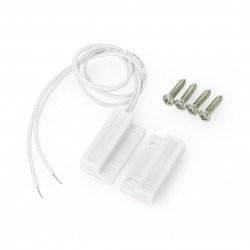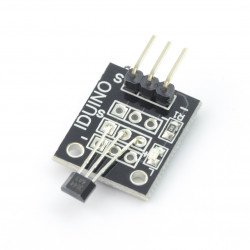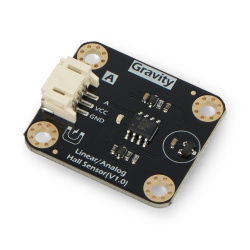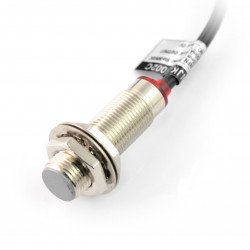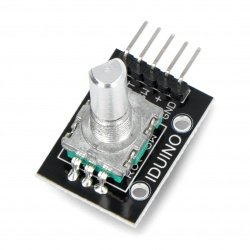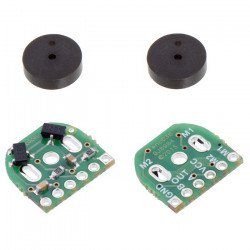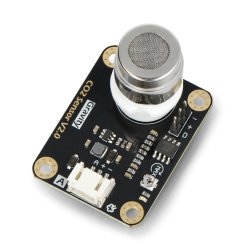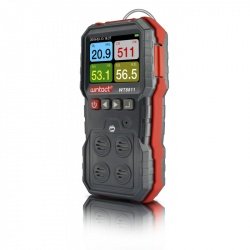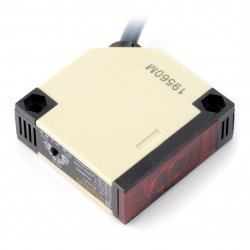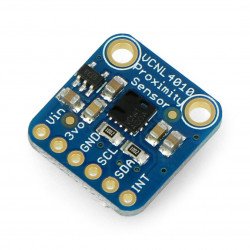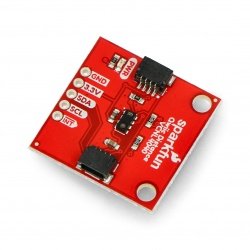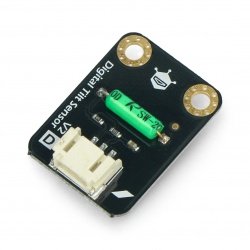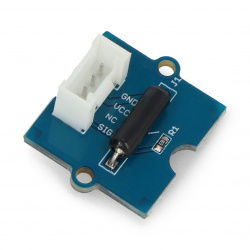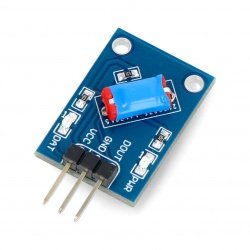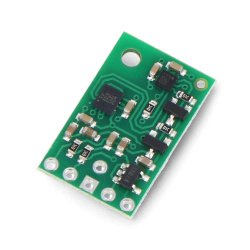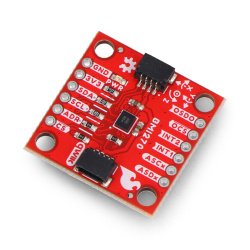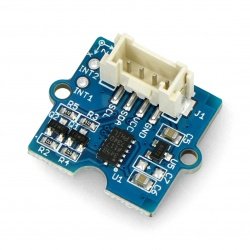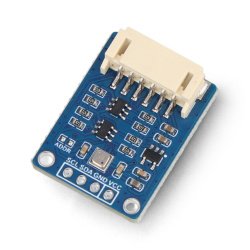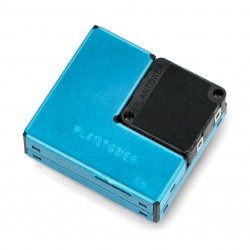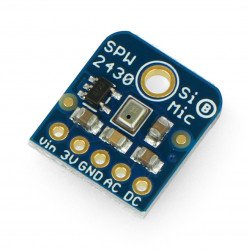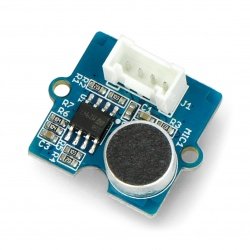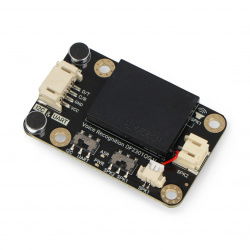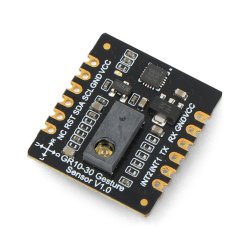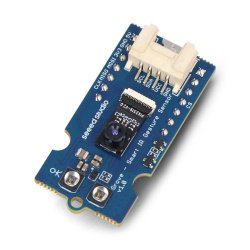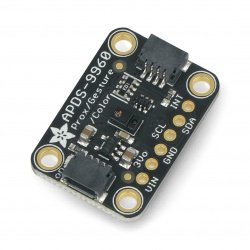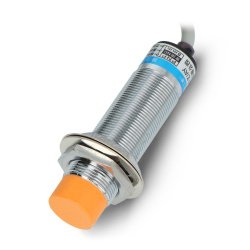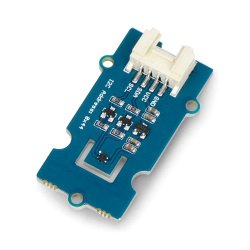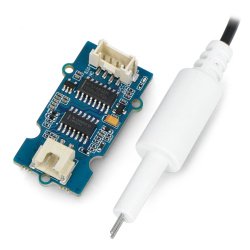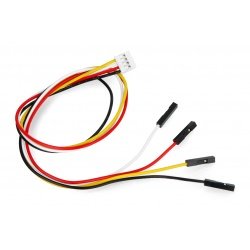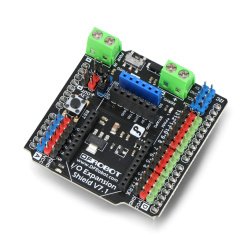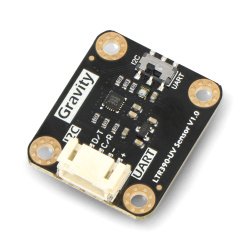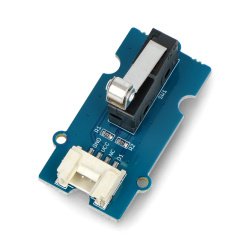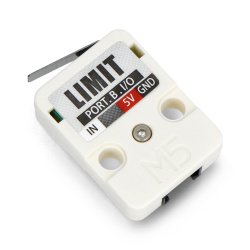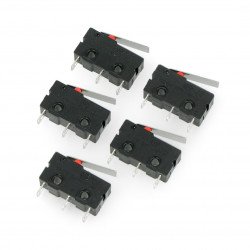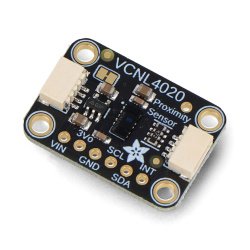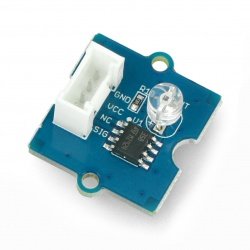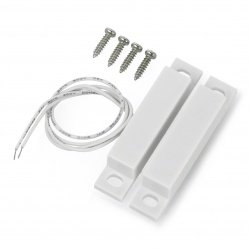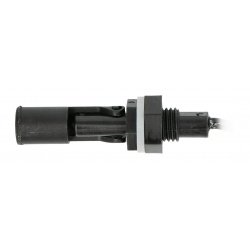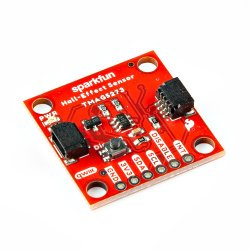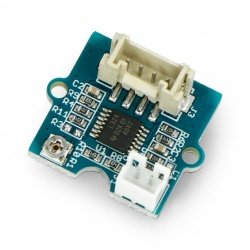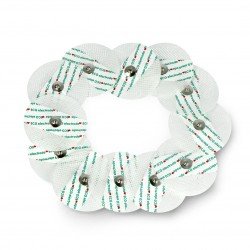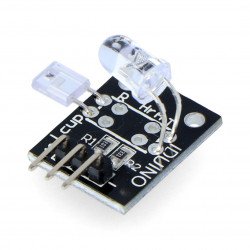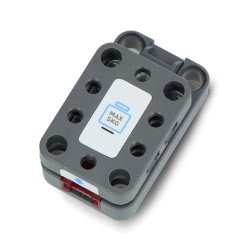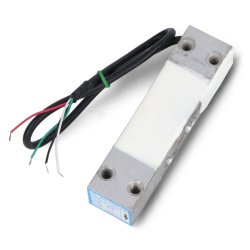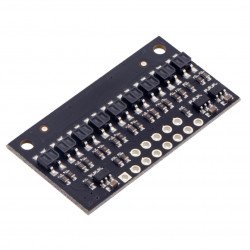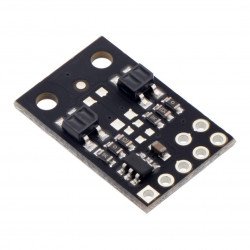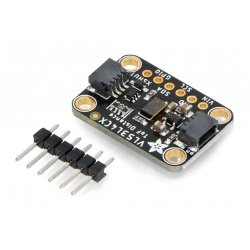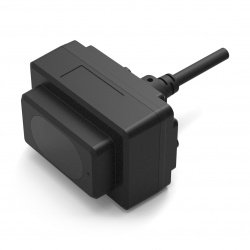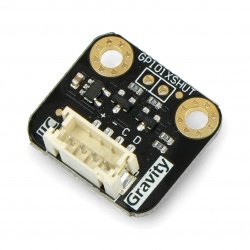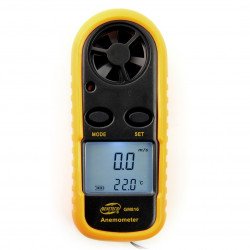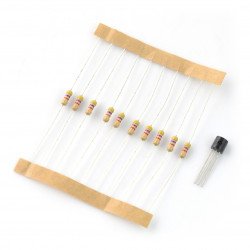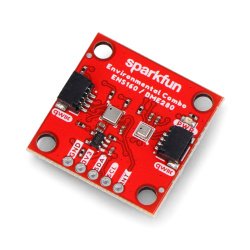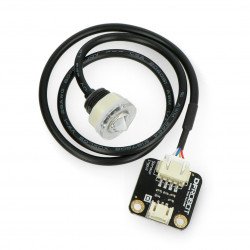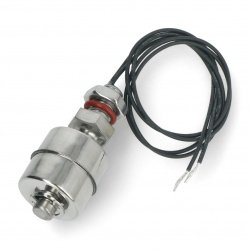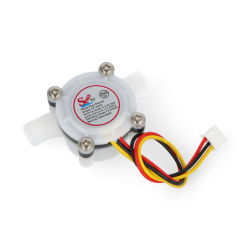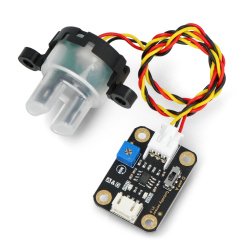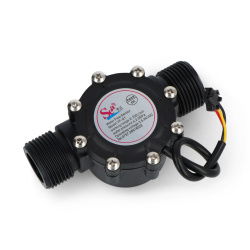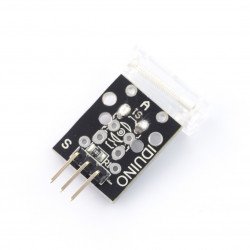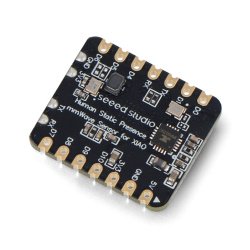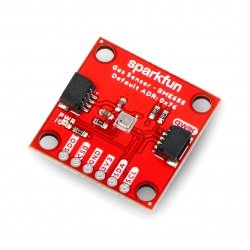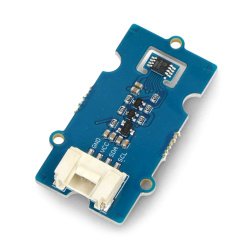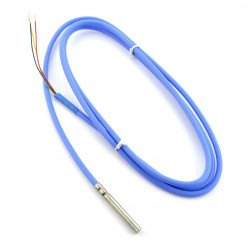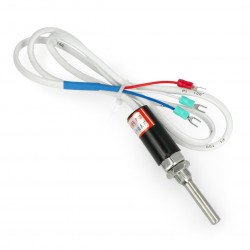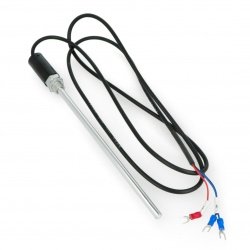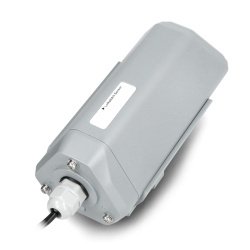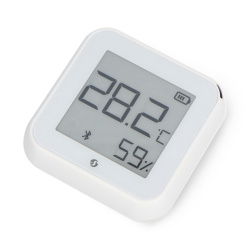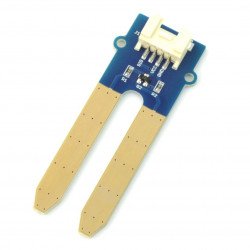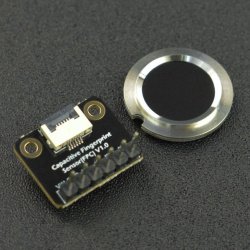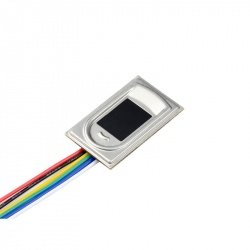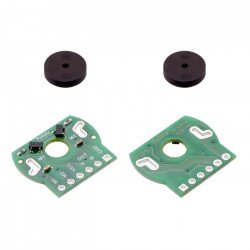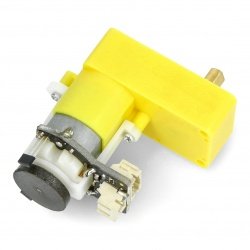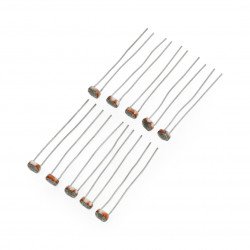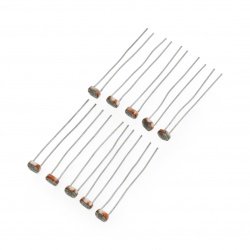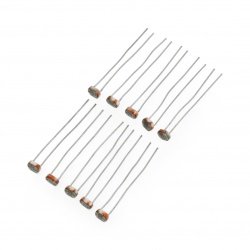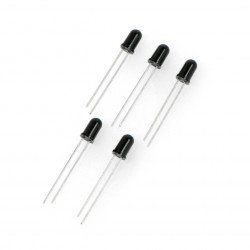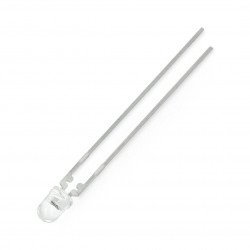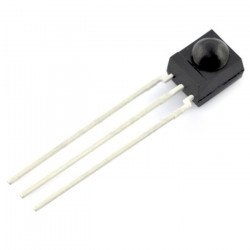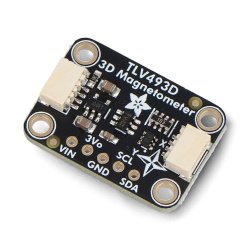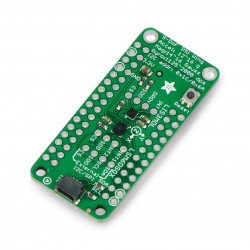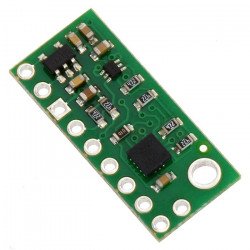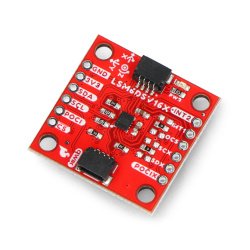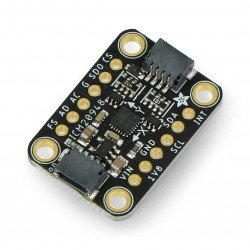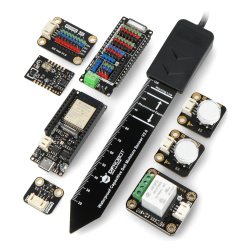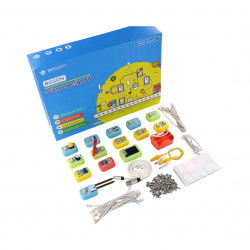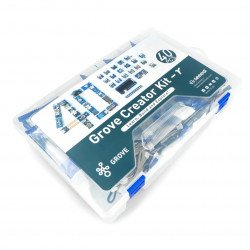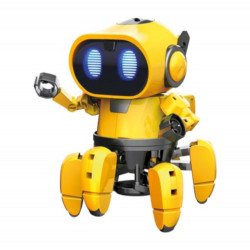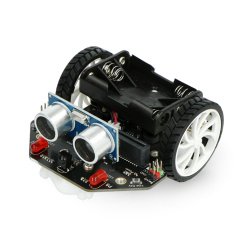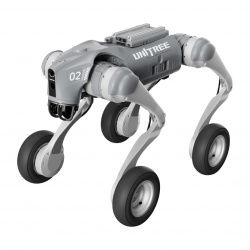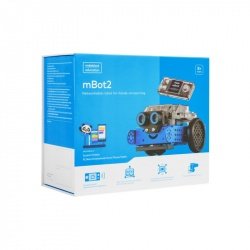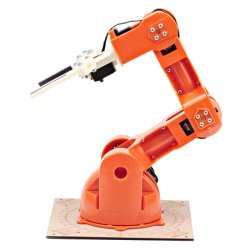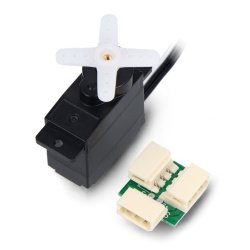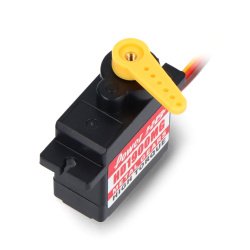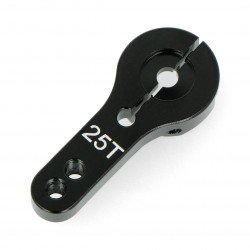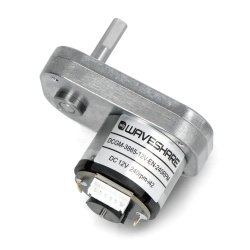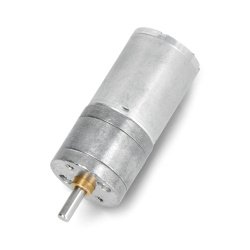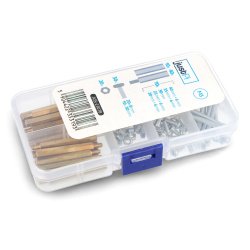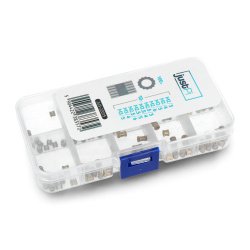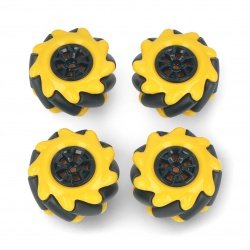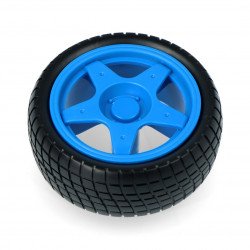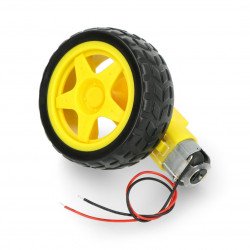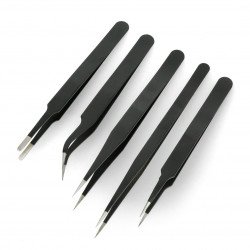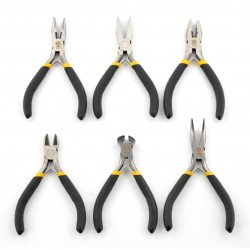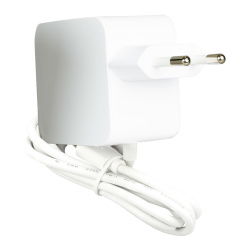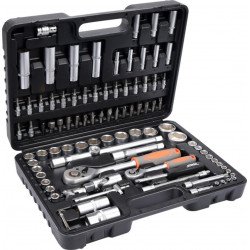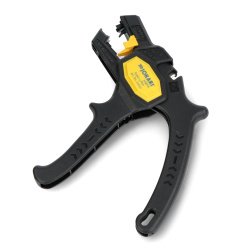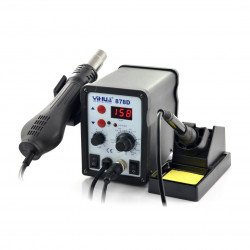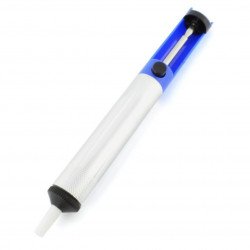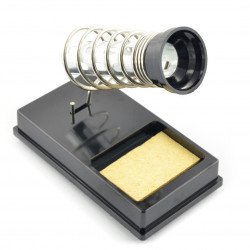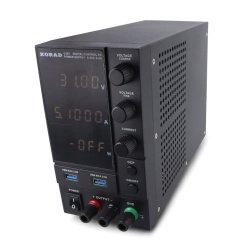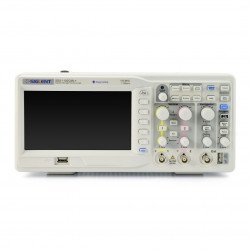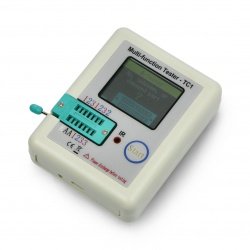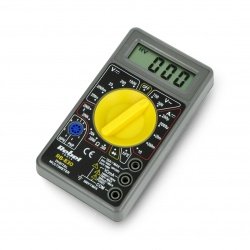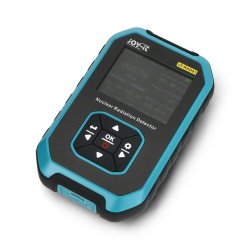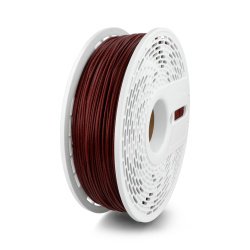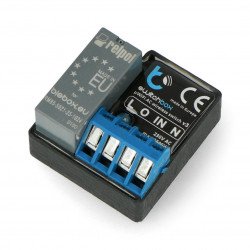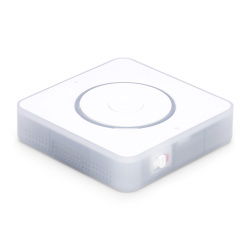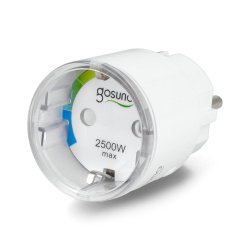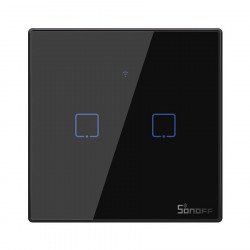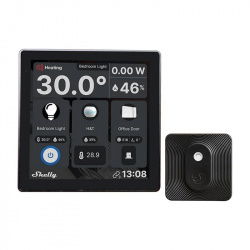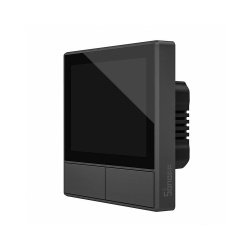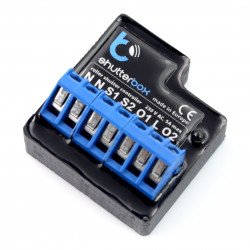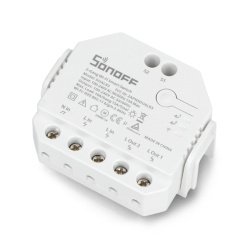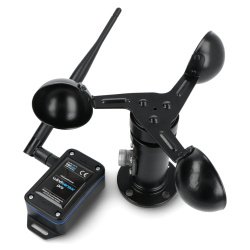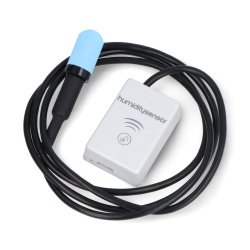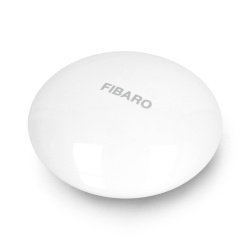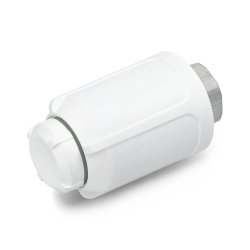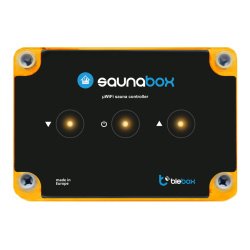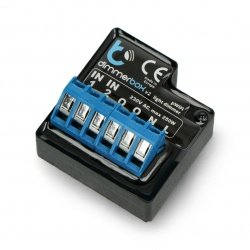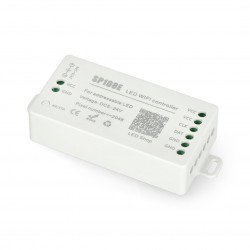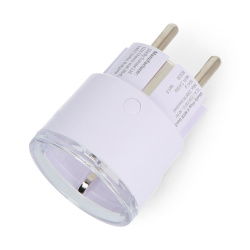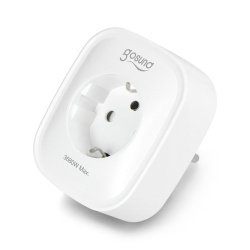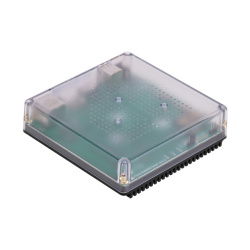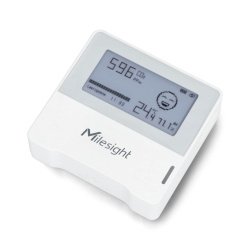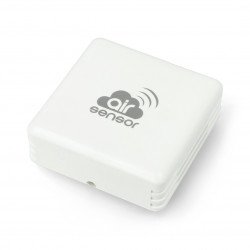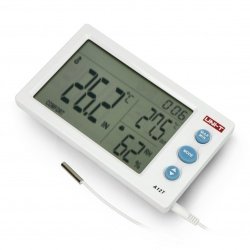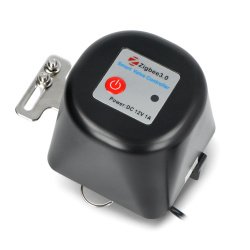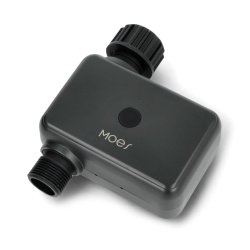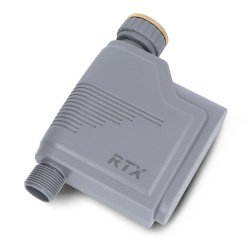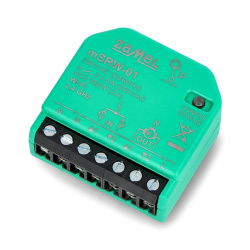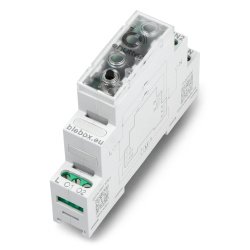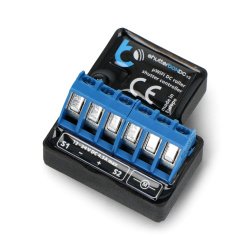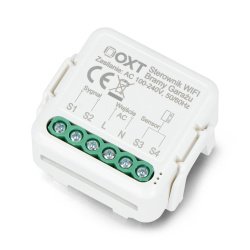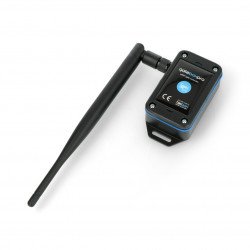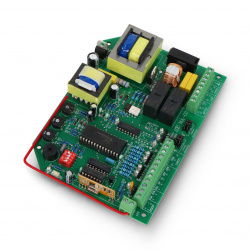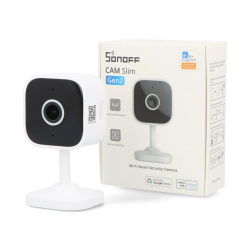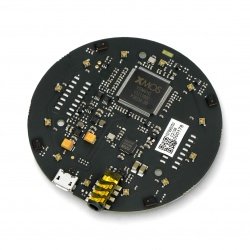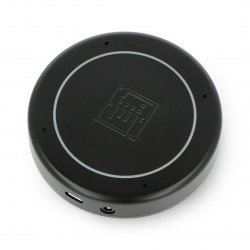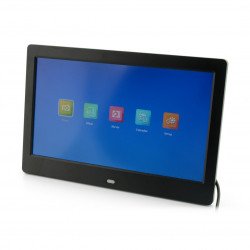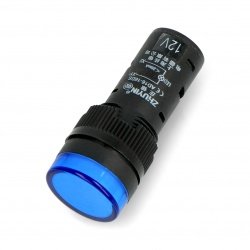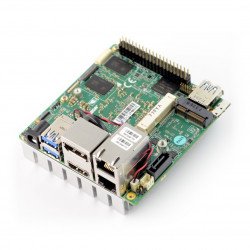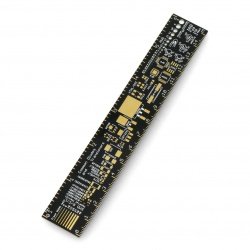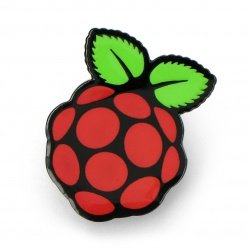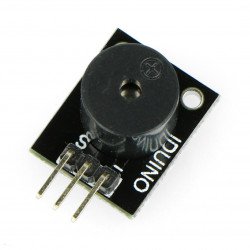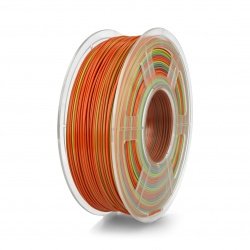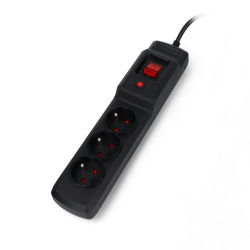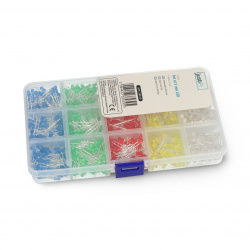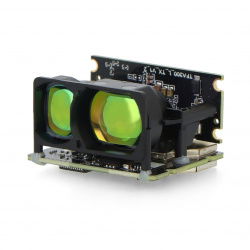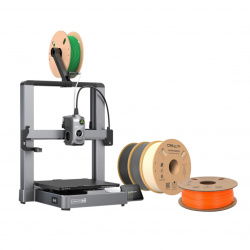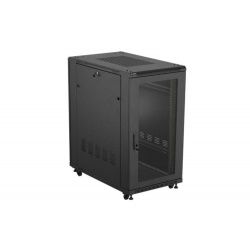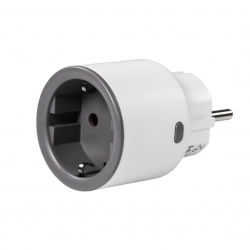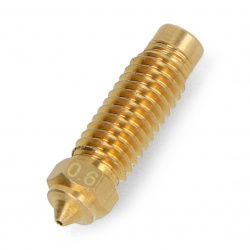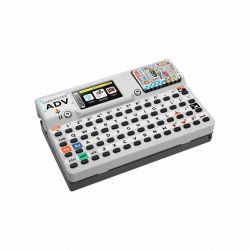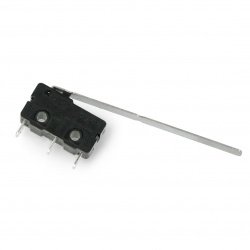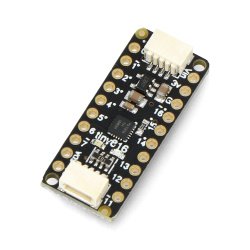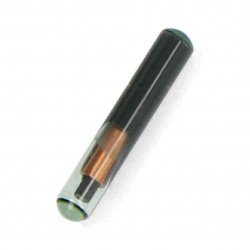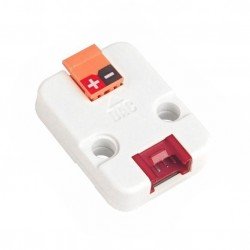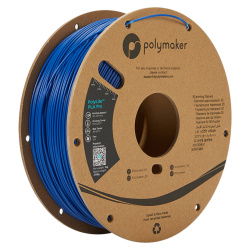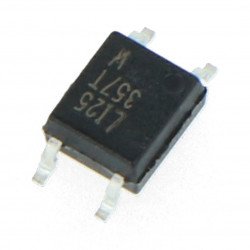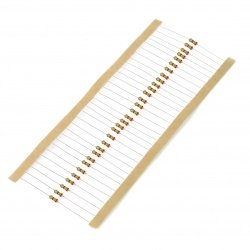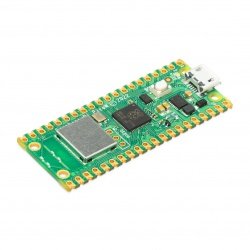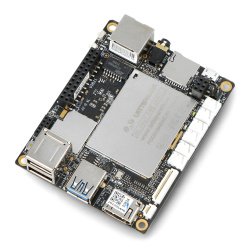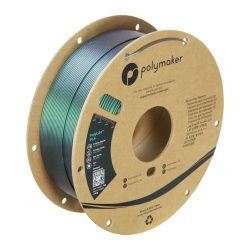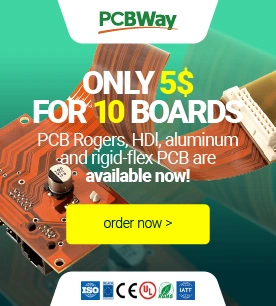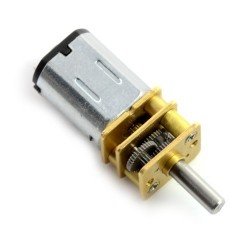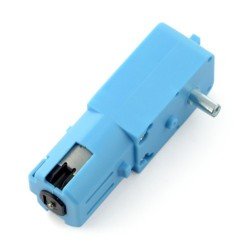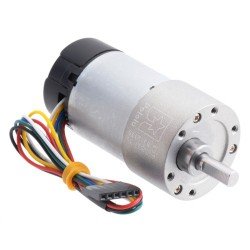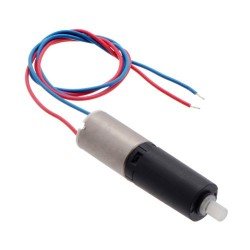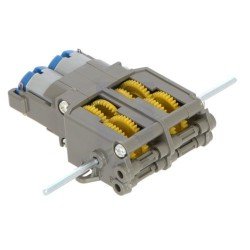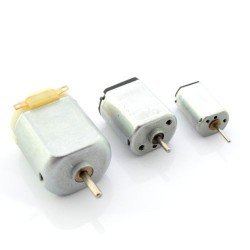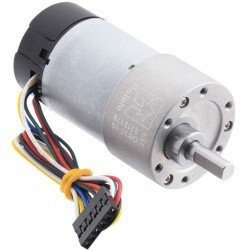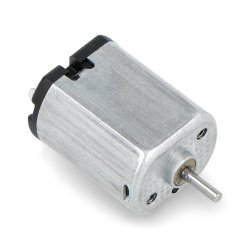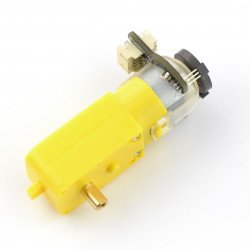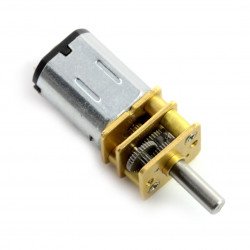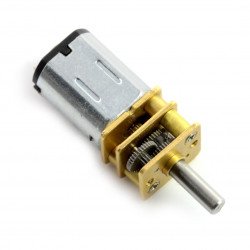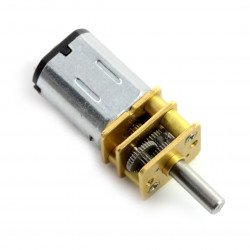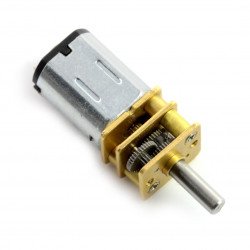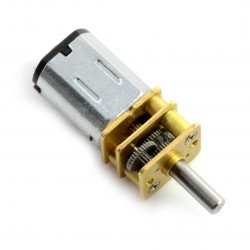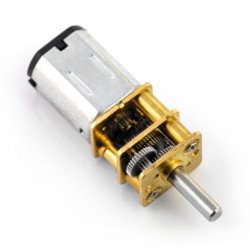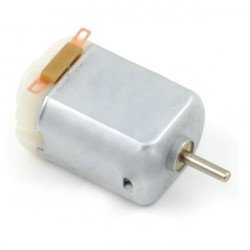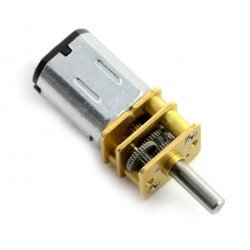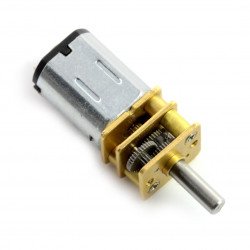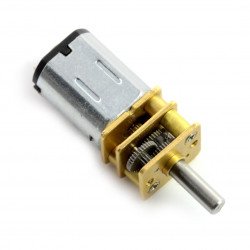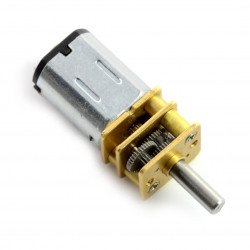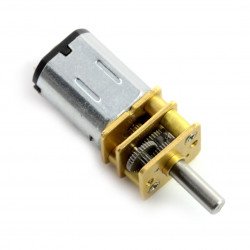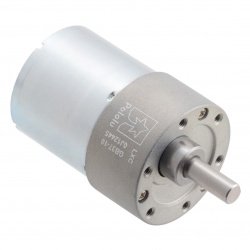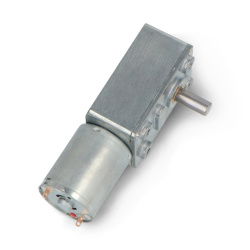In DC motors, electrical energy from the voltage source is converted into mechanical energy. This in turn becomes the energy of continuous rotation. DC motors are widely used. They are used in household appliances, industrial automation systems, electric gates and many power tools. They also work well in robots, so it will be an excellent electric machine for your next project. We can distinguish several types of DC motors, which differ in the way they work, but also in their purpose. You will find them in our offer! These are DC motors with encoder, right angular gearbox and also gearless motors. Check our offer, compare parameters of individual models of DC motors and choose the one that best fits your project. With the DC motor, your robot will be set in motion, will carry out the commands given to it and carry out the tasks entrusted to it. Discover its potential!
DC motors
Mini DC Motor MT64 3-6V - justPi
Small metal motor powered by a voltage ranging from 3 V-6 V. No-load current 30 mA/ 3 V. Dimensions: 18.6 x 15 x 12 mm. Speed: approx. 14,000 rpm.Wheel + DC Motor 65x26mm 5V with 48:1 Gear + wires
A wheel with a tyre of 65 mm diameter and 26 mm width, together with a motor powered by 5 V , with a current consumption of about 180 mA. The motor has a gear ratio of...DC Geared Motor with encoder-SJ01 (6V 160RPM 120:1)
Motor with the 120:1 gearing, 160 rpm, torque of 0.8 kg*cm (0.07 Nm). The device has a quadrature encoder with a resolution of 8 impulses per revolution (after the transfer of...Micro motor N20-BT24 50:1 625RPM - 9V
The N20 series miniature motor with 50:1 gearing, has 625 RPM, torque is equal to 1.1 kg*cm (0.107 Nm). The supply voltage is from 3V to 9V.Micro motor N20-BT23 50:1 420RPM - 9V
The N20 series miniature motor with 50:1 gearing, has 420 RPM, torque is 0.9 kg*cm (0.088 Nm). The supply voltage is from 3V to 9V.Micro motor N20-BT26 150:1 85RPM - 9V
The N20 series miniature motor with 150:1 gearing, has 85 RPM , torque is 1.2 kg*cm (0.118 Nm) . The supply voltage is from 3V to 9V .Micro motor N20-BT16 10:1 2000RPM - 9V
The N20 series miniature motor with 10:1 gearing, has 2000 RPM , torque is 0.3 kg*cm (0.029 Nm). The supply voltage is from 3V to 9V.Micro motor N20-BT05 50:1 625RPM - 12V
N20 series miniature motor with 50:1 gearing, has 625 RPM, torque is 1.1 kg*cm (0.108 Nm). The supply voltage is from 3V to 12V.Micro motor N20-BT14 30:1 440RPM - 9V
The N20 series miniature motor with 30:1 gearing, has 440 RPM , torque is 0.28 kg*cm (0.0275 Nm). The supply voltage is from 3V to 9V.- Reduced price
- SPECIAL OFFERS
Micro motor N20-BT19 75:1 170RPM - 9V
The N20 series miniature motor with 75:1 gearing, has 170 RPM , torque is 0.6 kg*cm (0.059 Nm). The supply voltage is from 3 V to 9 V.Micro motor N20-BT39 1000:1 14RPM - 9V
The N20 series miniature motor with 1000:1 gearing, has 14 RPM, torque is equal to 5 kg*cm (0.49 Nm). The supply voltage is from 3V to 9V.Motor DC 6V, 11500RPM - Pololu 1117
DC brush motor. Nominal voltage 6V. Speed 11500 rpm. Maximum current 800 mA.Micro motor N20-BT33 250:1 50RPM - 9V
The N20 series miniature motor with 250:1 gearing, has 50 RPM , and torque is 2.3 kg*cm (0.226 Nm) . The supply voltage ranges from 3 V to 9 V.Micro motor N20-BT43 210:1 100RPM - 6V
The miniature motor of N20 series with 210:1 gearing, has 100 rpm, torque is 2.6 kg*cm (0.255 Nm). The supply voltage is 6 volts.Micro motor N20-BT03 10:1 3000RPM - 12V
N20 series miniature motor with 10:1 gearing, has 3000 rpm , torque is 0.3 kg*cm (0.029 Nm). The supply voltage is from 3V to 12V.Micro motor N20-BT30 150:1 150RPM - 9V
The N20 series miniature motor with 150:1 gearing, has 150 RPM and the torque is equal to 1.7 kg*cm (0.167 Nm). The supply voltage ranges from 3 V to 9 V.- Reduced price
- SPECIAL OFFERS
Micro motor N20-BT32 100:1 320RPM - 9V
The N20 series miniature motor with 100:1 gearing, has 320 RPM and the torque is 2.2 kg*cm (0.216 Nm) . The supply voltage ranges from 3 V to 9 V.DC 12V 240RPM L-type motor with metal gearbox - magnetic Hall encoder - Waveshare 22346
DC motor - L- shaped gear motor. Equipped with gears with metal gears and a magnetic Hall encoder . The module does not have a self-braking function, and the motor...Micro motor N20-BT04 30:1 1000RPM - 12V
N20 series miniature motor with 30:1 gearing, has 1000 RPM , torque is 0.6 kg*cm (0.059 Nm). The supply voltage is from 3V to 12V.Micro motor N20-BT20 30:1 730RPM - 9V
The N20 series miniature motor with 30:1 gearing, has 730 RPM, torque is 0.6 kg*cm (0.059 Nm). The supply voltage is from 3V to 9V.Micro motor N20-BT36 298:1 75RPM - 9V
The miniature motor of N20 series with 298:1 gearing, has 75 rpm, torque is equal to 3.3 kg*cm (0.324 Nm). The supply voltage is from 3V to 9V.Micro motor N20-BT17 50:1 250RPM - 9V
The N20 series miniature motor with 50:1 gearing, has 250 RPM, torque is 0.5 kg*cm (0.049 Nm). The supply voltage is from 3V to 9V.37Dx54L Motor with 50:1 Gear 24V 200RPM - Pololu 4683
Polol's DC motor with a 50:1 gearbox. Powered by 12 to 24 volts , its speed is 200 rpm and its torque is 23 kg*cm . It consumes an average of up to 100 mA of current, while...Metal Gear Worm Motor DC 12V 40RPM
The 12 V DC motor with a 1:150 worm gear supports voltages ranging from 6 V to 15 V. It has compact dimensions and low weight, making it ideal for driving model cars and...DC motors are used, among others, in industrial automation systems, household appliances, power tools, car components, electric gates, as well as in robots. In our offer you will certainly find a DC motor with parameters that meet the needs of your project !
How are DC motors constructed and how do they work?
The basic elements of the construction of a classic DC motor are permanent magnets forming the stator and windings connected to a package of copper sheets that form the rotor . The rotor is powered by carbon brushes that are in contact with a commutator formed by the rotor blades. When the rotor winding is connected to voltage, a current flows through it, which creates a magnetic field that causes the rotor to rotate due to interaction with the stator magnetic field. When the rotor windings are in a position parallel to the stator magnetic field lines, the commutator switches the polarity of the supply voltage, which results in the reversal of the direction of the magnetic field in the rotor circuit, maintaining its rotation continuously in one direction. In this way, the DC (direct current) motor is set in motion and drives the moving elements.
DC commutator motors - a simple design with many advantages
The simple design and repeatable production technology of DC commutator motors and their affordable price have made these machines popular in many hobby and professional applications. You can power DC motors with DC voltage from a battery or AC adapter . The higher the supply voltage, the higher the engine speed. Reversing the polarity of the battery or power supply will change the direction of motor rotation. If your application requires motor speed control, it is definitely worth choosing a PWM controller that allows smooth regulation of motor speed in the full range. The advantages of DC motors include high torque already in the lower speed range - even when the motor is mechanically loaded, it will be able to quickly achieve the required speed.
What factors should be considered when selecting a DC motor?
When selecting a motor for a specific project, you must take into account its most important rated parameters , i.e. supply voltage , current consumption , torque and rotational speed . The value of the supply voltage determines the effect in the form of required torque at the appropriate speed. Applying too low a voltage to the motor brushes will prevent the motor from starting, and applying too high a voltage than recommended by the manufacturer may result in too high a current flowing in the rotor circuit, which will be manifested by too strong electrodynamic and thermal influence, leading to permanent damage to the rotor and even the stator. Increasing the load on the motor shaft increases current consumption from the power source - in the case of engines operating with heavy loads, it is worth using an additional radiator that increases the heat dissipation surface. The engine speed must be selected according to the application requirements. Engines achieve their greatest efficiency at the highest rotational speed. Adding a gear reduces the engine speed. The torque on the engine shaft or the gear driven by it is a quantity that directly affects the engine's acceleration and its ability to be used in a specific application.
DC motors - direct current - FAQ
A DC motor (DC) is an electrical component that converts electrical energy into mechanical energy. DC motors take electrical energy using direct current and convert it into mechanical rotary motion.
The key criteria for selecting a DC motor include determining what voltage is readily available for a given application and what the physical size of the motor should be. Once you've determined these first two parameters, you can consider speed and torque.
DC motors take electrical energy using direct current and convert it into mechanical rotation. DC motors use magnetic fields created by the generated electric currents, which drive the movement of a rotor mounted on the output shaft.
If we use a direct current engine as a generator by rotating its rotor at a constant angular speed, we will also obtain direct current at the output, because the engine converts mechanical energy into electrical energy and electrical energy into mechanical energy in the same way.


